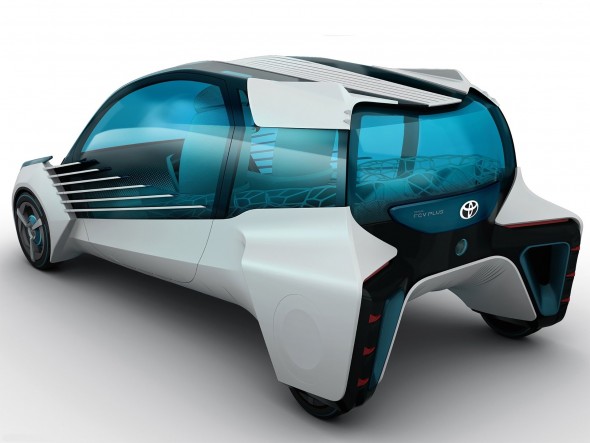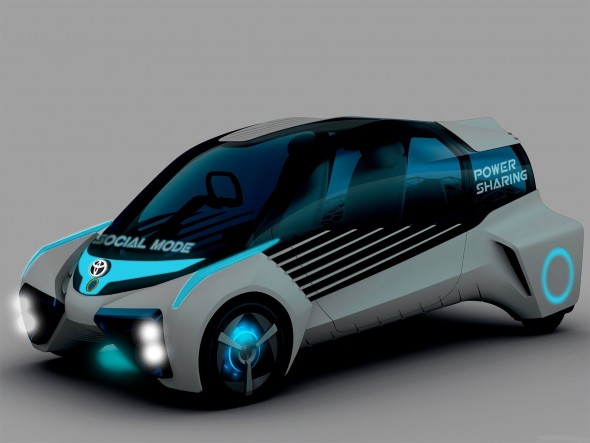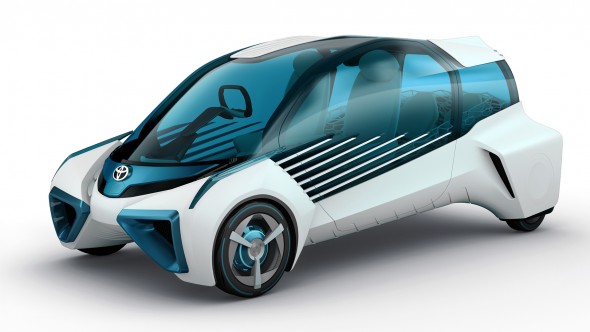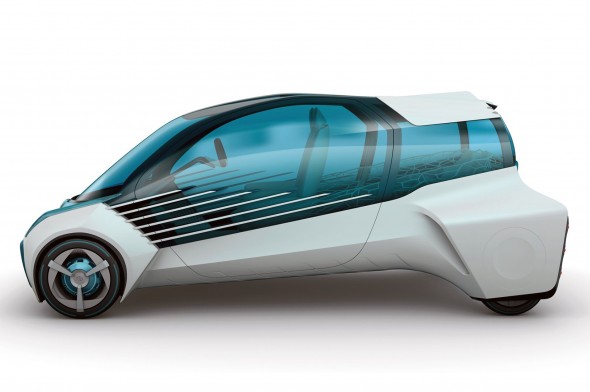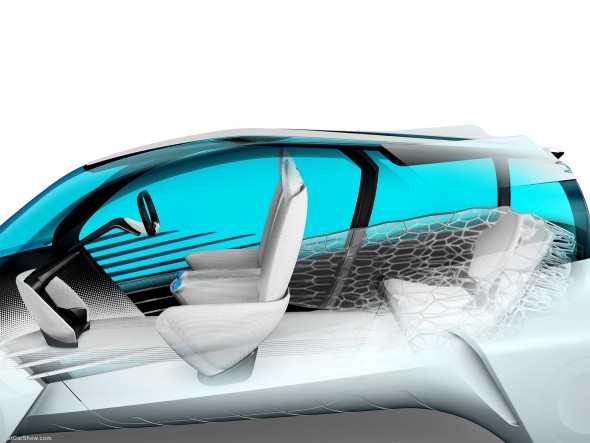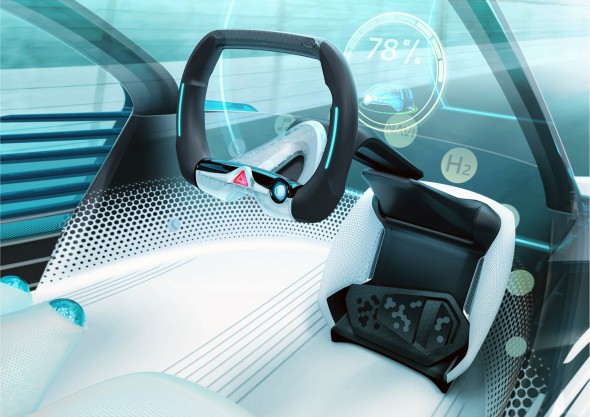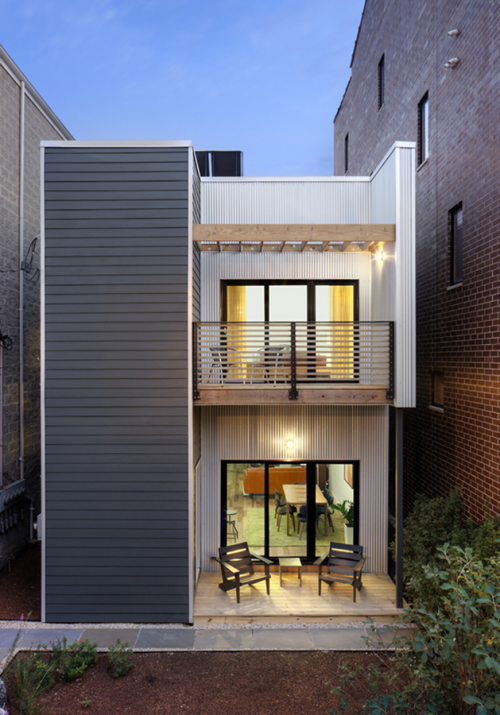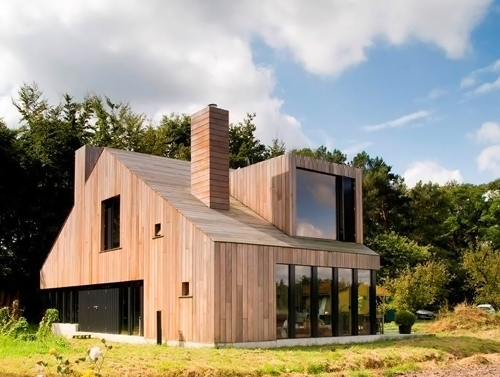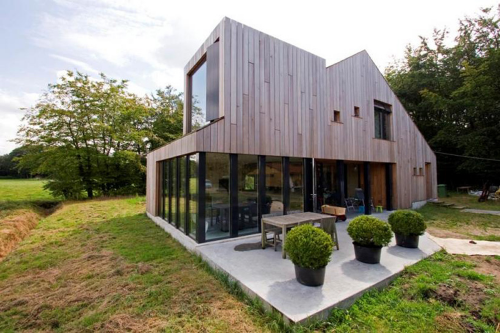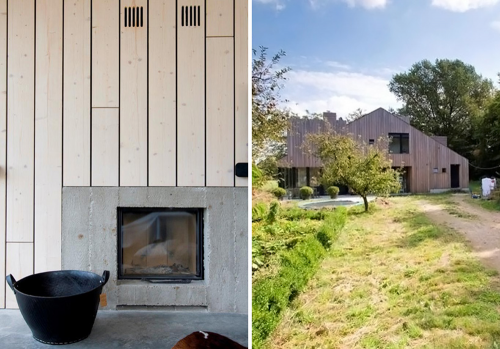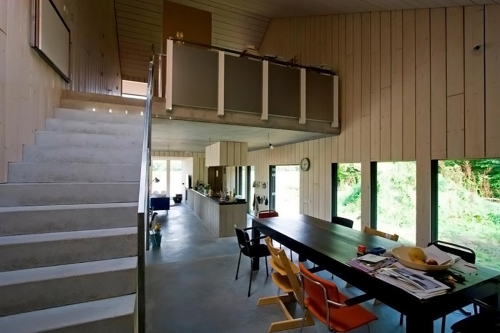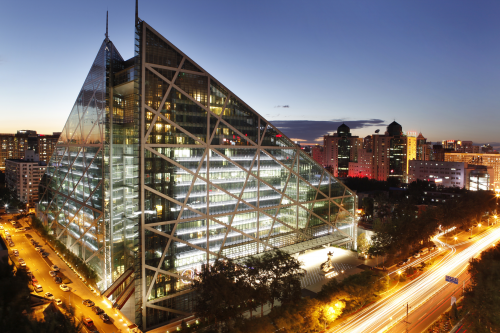
Haworth’s new innovative space in Beijing has been recognized as the world’s first certified LEED project under the United States Green Building Council’s (USGBC) new LEED version 4 beta program. The USGBC awarded LEED Gold status after the project earned 71 out of the possible 110 points. The site, landmark building Parkview Green, among many other features, provides tenants with access to quality transportation and bicycle facilities. The LEED Platinum (version 3) building is home to a boutique hotel, commercial offices and premium retail.
Inside, Haworth has created the Club – an organic workspace concept offering dynamic co-working and lounge spaces available to tenants, hotel guests and surrounding community. The core design element is a concept of flexibility: Everything can be easily rearranged to meet day-to-day needs.
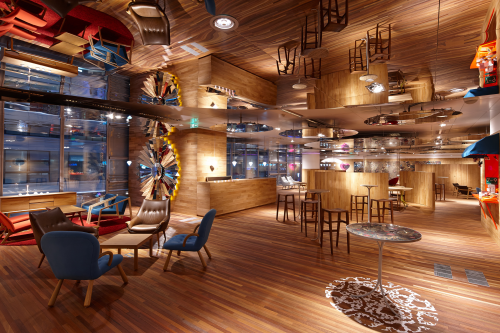
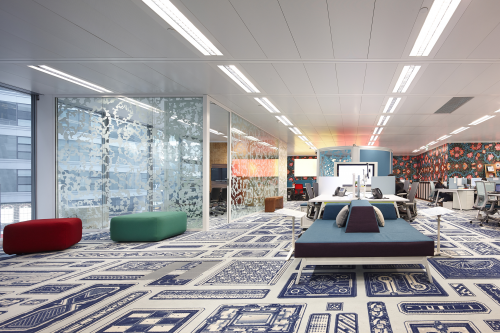
[ official release ]
BEJING, CHINA – October 23, 2013 – Haworth, Inc., a global leader in the design and manufacture of furniture, today announced that its innovative space, located in Beijing’s landmark Parkview Green building, has been recognized as the world’s first certified LEED project under the United States Green Building Council’s (USGBC) new LEED version 4 beta program. The USGBC awarded LEED Gold status after the project earned 71 out of the possible 110 points.
“Achieving the first-ever LEED version 4 certification speaks volumes about Haworth’s global commitment to sustainability,” said Steve Kooy, Haworth’s global sustainability manager.
In order to achieve the certification, everything from the location of the building and its energy performance to water efficiency and indoor air quality had to be considered. “We are especially pleased to have achieved this certification in China,” said Frank Rexach, vice president and general manager of Haworth’s Asia Pacific, Middle East, Africa and Latin America sector. “The application of the new LEED standards in Beijing highlights the importance of this fast-growing market.”
Parkview Green is located in the Chaoyang District of Beijing and provides tenants with access to quality transportation and bicycle facilities. The LEED Platinum (version 3) building is also home to a boutique hotel, commercial offices and premium retail. Inside Parkview Green, Haworth has created the Club – an organic workspace concept that offers dynamic co-working and lounge spaces that can be used by the building’s tenants, hotel guests and members in the community. At the heart of the Club’s design was the concept of flexibility. Everything from partition walls, meeting rooms, huddle spaces and private focus areas can be easily rearranged to meet the day-to-day needs of its users. “A workspace that easily responds to changing business needs over time not only saves time and money but it also reduces waste,” said Kooy.
To complete the project, Haworth partnered with BEE inc., a Shanghai- and Hong Kong-based specialist for green materials, trading and LEED consulting. Director of strategic services for Haworth’s Asia Pacific sector, Iolanda Meehan, spearheaded the effort.
“Throughout the construction process we reused 60 percent of non-structural interior elements,” said Meehan. “Additionally, 93 percent (by value) of the furniture in the space is either GREENGUARD certified or has been transferred from an existing showroom and fresh air exceeds the required Indoor Environment Quality by 35 percent.”
Energy and water efficiencies also helped achieve the certification. Through the optimization of the HVAC system as well as efficient LED lighting design, fixtures and controls supplied by Philips – one of Haworth’s partners in the region – the showroom’s energy consumption was reduced by 59 percent (compared to ASHRAE energy requirements).
“While LEED version 4 raises the bar on green building leadership and requires a new level of commitment to building sustainably, it was important for us to go beyond the prestigious LEED certification to ensure that we created a space that is not only environmentally-friendly and open to the community, but a project that will stand as a model for future workspaces,” said Meehan.
The USGBC’s LEED rating system provides building owners and operators with the framework to identify and implement practical and measurable green building design, construction, operations and maintenance solutions. Within each LEED credit category, projects must satisfy prerequisites to earn points. The number of points the project earns determines its level of certification.
In July 2013, USGBC members voted to adopt the latest update to the green building rating system. The newest version of LEED will officially launch this fall at the Greenbuild International Conference and Expo in Philadelphia, PA.
“Haworth strongly believes that this type of adaptable workspace, coupled with activity and workstyle based areas, is the way forward for corporations to maximize the efficiency of its real estate and the effectiveness and innovation of its people,” said Rexach.
Globally, Haworth improves workplaces with award-winning furniture, interior architecture and technology solutions to help customers achieve business goals, transform culture as well as support collaboration and innovation. Research + design drive a deep understanding of agile workplace needs and are at the center of the company’s strategy. Haworth is committed to protecting and restoring the environment, creating economic value as well as supporting and strengthening its communities. Founded in 1948, Haworth remains family-owned and privately-held and serves markets in more than 120 countries through a global network of 600 dealers. The company had net sales of US $1.31 billion in 2012.
[ haworth ] [ haworth collection ] @Haworthinc > Facebook.com/Haworthinc

